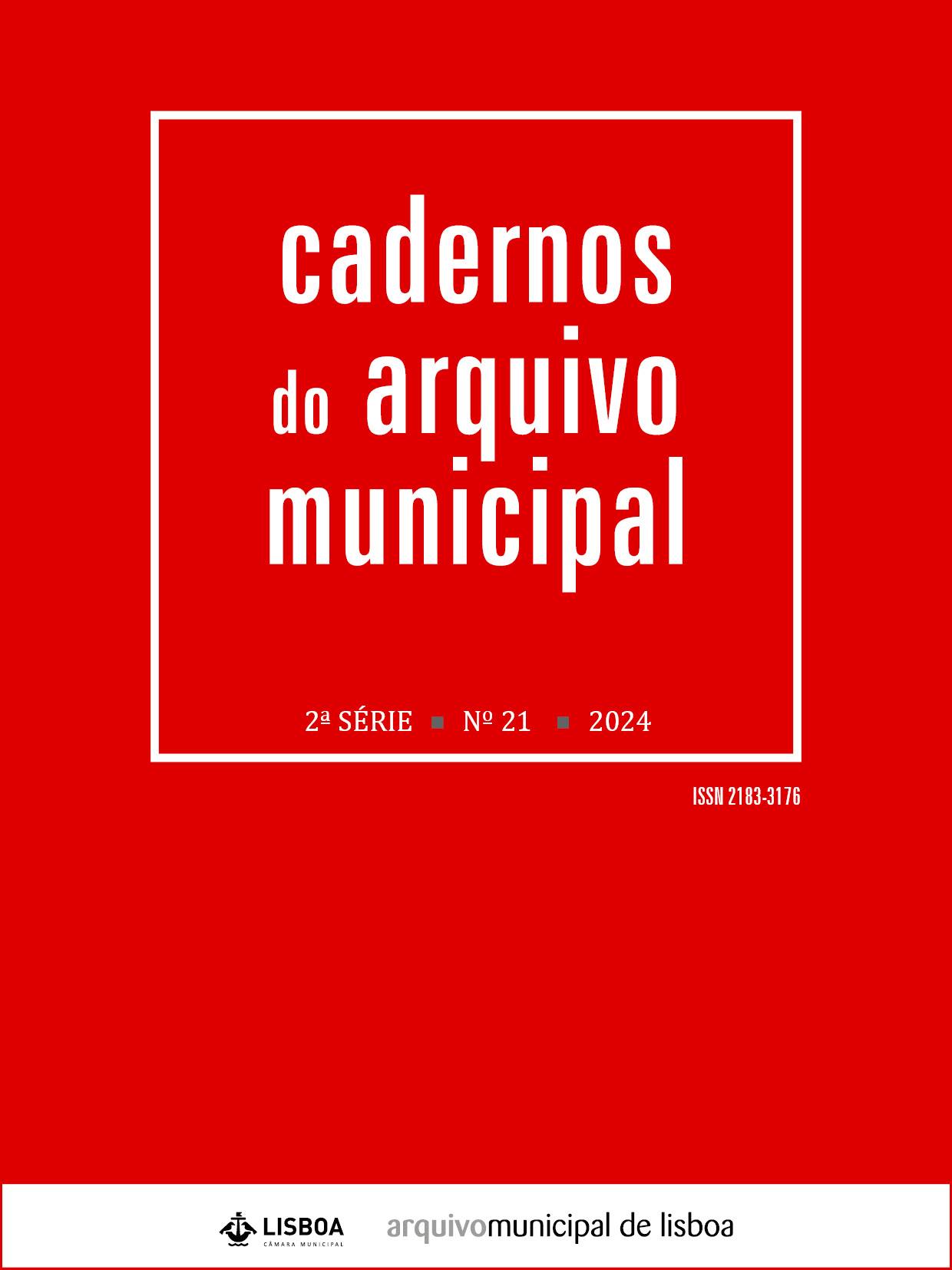Between the revolution and the “normalisation”: Salazar’s head
DOI:
https://doi.org/10.48751/CAM-2024-21332Keywords:
Memory, Revolution, Democratic normalisation, Statuary, ViolenceAbstract
Based on the actions regarding Salazar’s statue in San-ta Comba Dão in 1975 and 1978, we aim to reflect on how the democratic “normalisation” imposed a nar-rative based on the reconciliation and pacification of society, the devaluation of the Revolution and the idea that it was the 25th of November, instead of the Revolu-tion, that ensured the pacification and democratisation of the country. The way of evoking the past and its public uses, was fundamental in the political struggle at the turn of the 1970s into the 1980s – a time of greater tension and confrontation than it is usually perceived and pivotal regarding political violence – notably in 1978, a deci-sive year in the process of settling accounts with the past. Representations of that past, especially of the rev-olution, were essential in legitimising the post-Novem-ber 25th status quo, which had not completely closed the debate on the model of society.
Downloads
Downloads
Published
How to Cite
Issue
Section
License
Copyright (c) 2024 Francisco Bairrão Ruivo

This work is licensed under a Creative Commons Attribution-NonCommercial 4.0 International License.
The authors retain copyright and grant the journal the right of first publication, with the work simultaneously licensed under the Creative Commons Attribution License CC BY-NC 4.0 which allows sharing and adapting the text as long as its authorship is correctly attribbuted with recognition of the initial publication in this journal.









